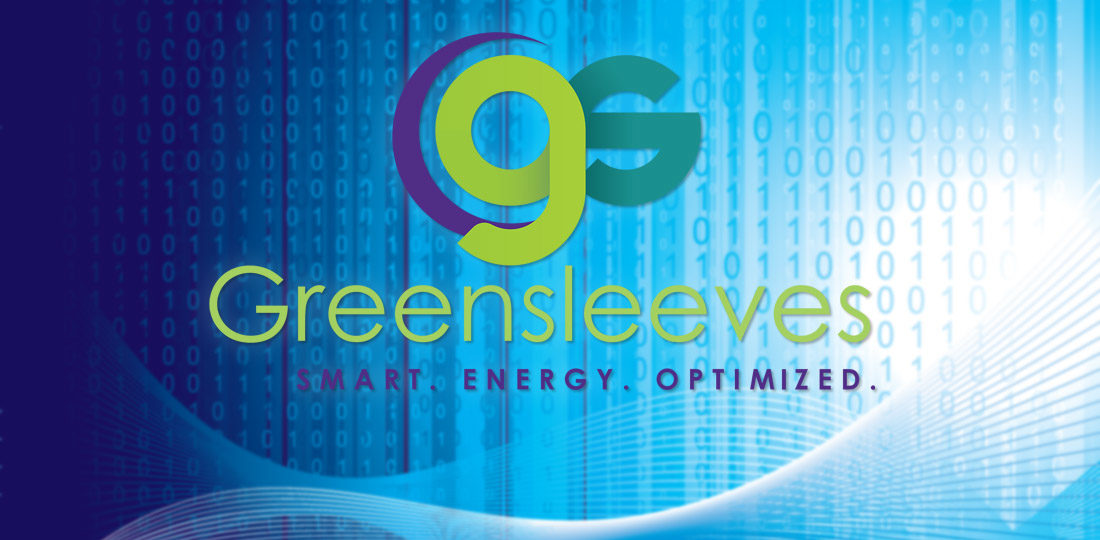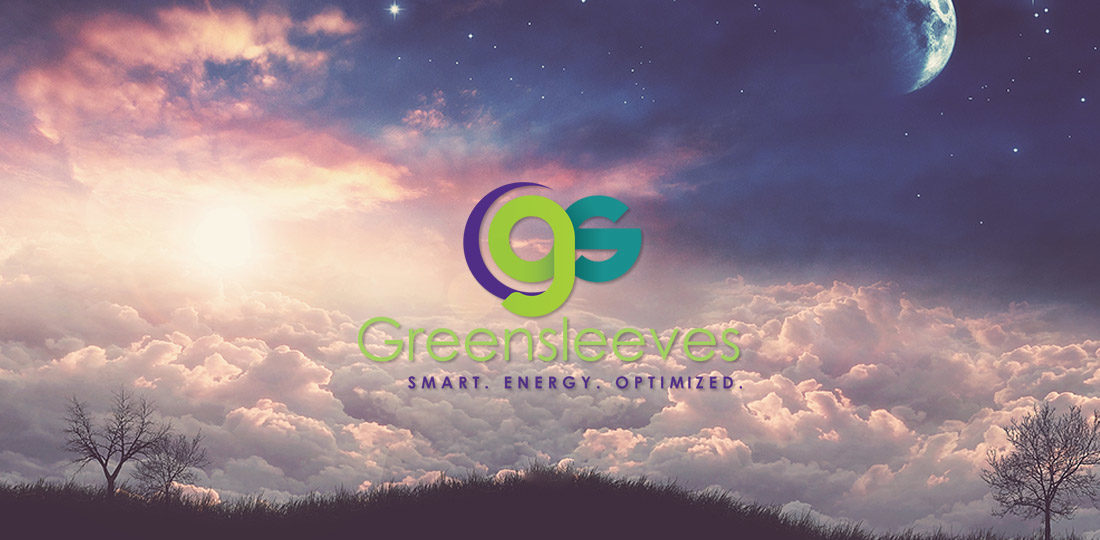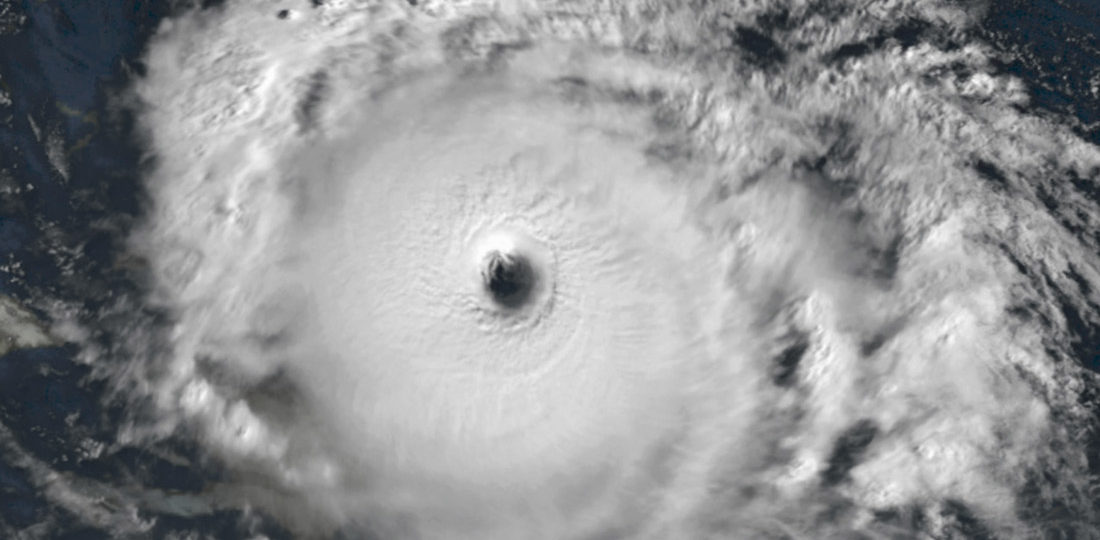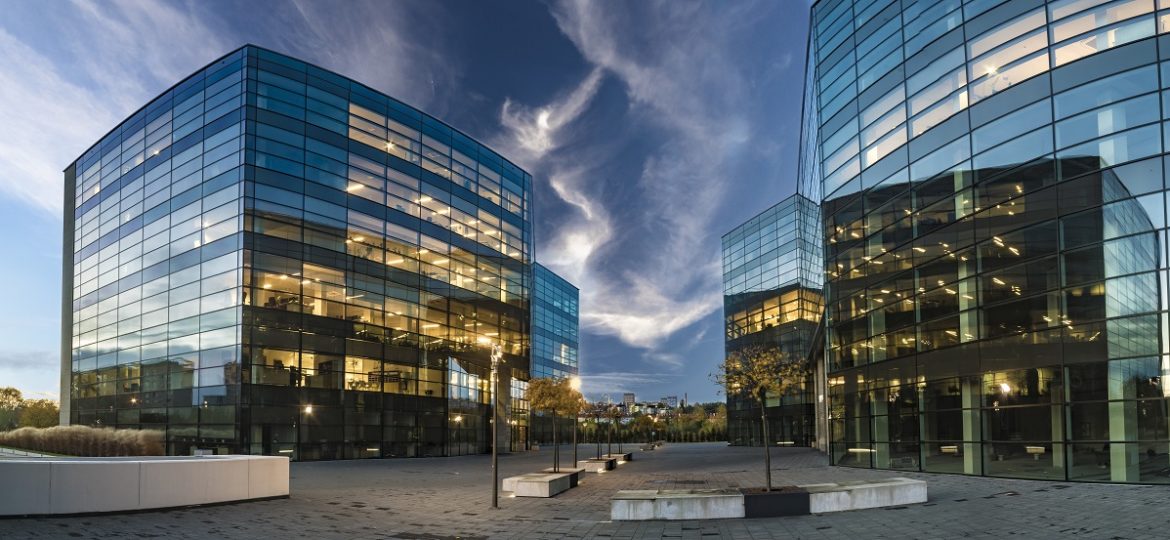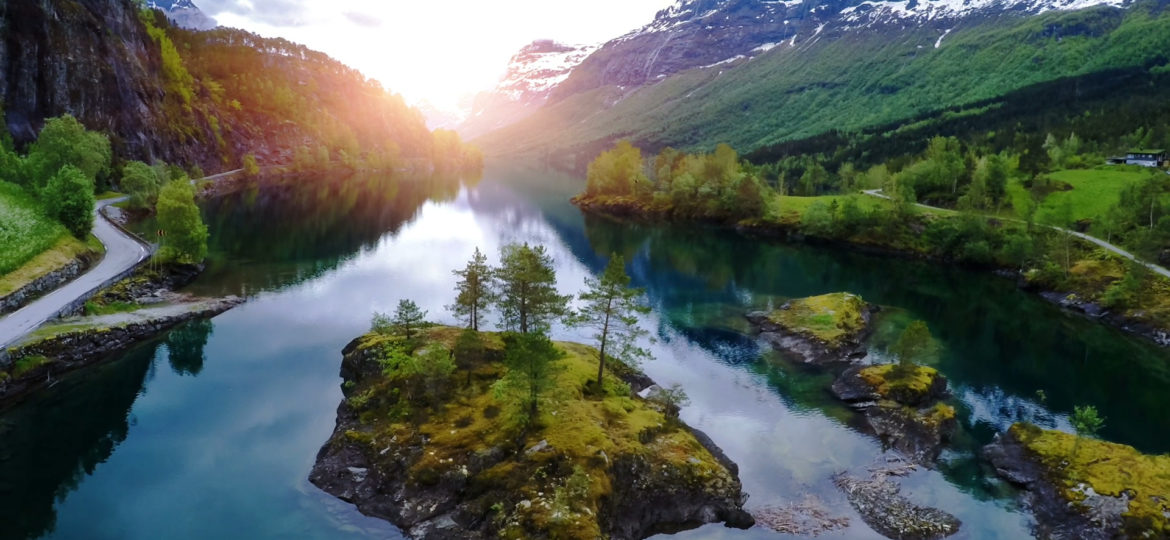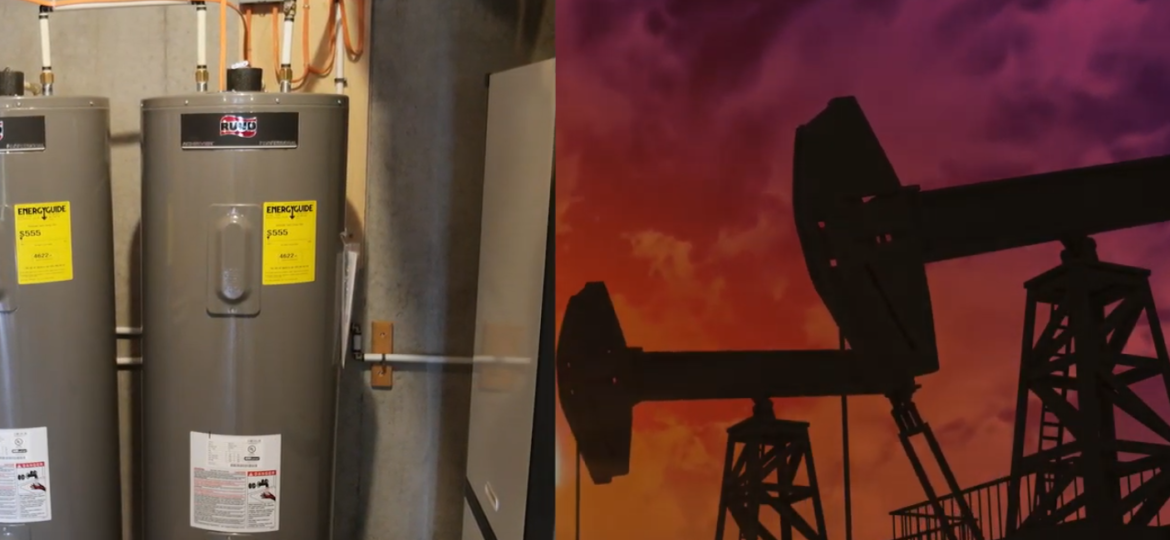What do you do if your geothermal borefield is failing? Don’t panic; modern technology can help rescue your borefield. A properly designed borefield should give you years of indoor air comfort. Unaccounted for changes in building use, climate and global warming impacts and numerous unforseen events, however, can result in borefield temperature issues. Historically, engineers
- Greensleeves Technologies Corp.
- 1354 E Broadway St, Toledo, Ohio 43605
- +1-419-420-1515
- ENtellect Account
- Log in to your account here
Latest News
Geothermal Optimization Software vs BAS static software.
Does your building use a Building Automation System? Many BAS systems have static geothermal controls that allow the technician to run equipment on a timed schedule allowing you to save on energy and lower your utility bills. Our Products
Optimizing your hybrid geothermal system
Hybrid geothermal systems use GSHPs to satisfy base building load needs and conventional equipment to address peak demands. These systems improve the overall performance of your heating and cooling equipment and reduce capital costs, energy use, and carbon emissions. As with all heating and cooling, the key to a well-designed and properly installed geothermal system,
Save Money with Hybrid Geothermal.
One of the big decisions when constructing a new building is how to heat and cool it. If you want a solution that is environmentally friendly and can lower your energy costs, you should consider installing a hybrid geothermal system. This type of system reduces upfront capital costs, emits fewer greenhouse gases and lowers energy
Resiliency based on Catastrophic Events.
On August 29, 2005, Hurricane Katrina struck the Gulf Coast of the United States. Experts estimate that Katrina caused more than $128 billion in damage. On October 24, 2012, Hurricane Sandy struck Kingston, Jamaica – then headed North making landfall in Atlantic City, New Jersey on October 29th. In New York and New Jersey, storm
Are You Wasting Resources You Already Pay For?
The movement of heat energy to and from a building is important in the heating and cooling process. A properly engineered geothermal system takes into account the entire building from the standpoint of heat sources and sinks, and efficiently moves heat that already exists throughout the building. It is commonly understood that geothermal systems move
Carbon Emissions: What Are You Doing To Eliminate Them?
The use of geothermal technology helps positively impact the health of the environment through the reduction of fossil fuel consumption and carbon emissions. Geothermal systems do not use the combustion process for heating and cooling, dramatically reducing the chance of carbon monoxide poisoning. Consequently, most geothermal systems emit close to zero carbon emissions, helping
Mother Nature, Energy the Way it was Intended
When it comes to heating and cooling a building, you want the best system for you, your company, your community and the planet. The best system is the one that utilizes the resources Mother Nature already provided. Geothermal heating and cooling systems take advantage of the energy we already have in the ground. These systems



